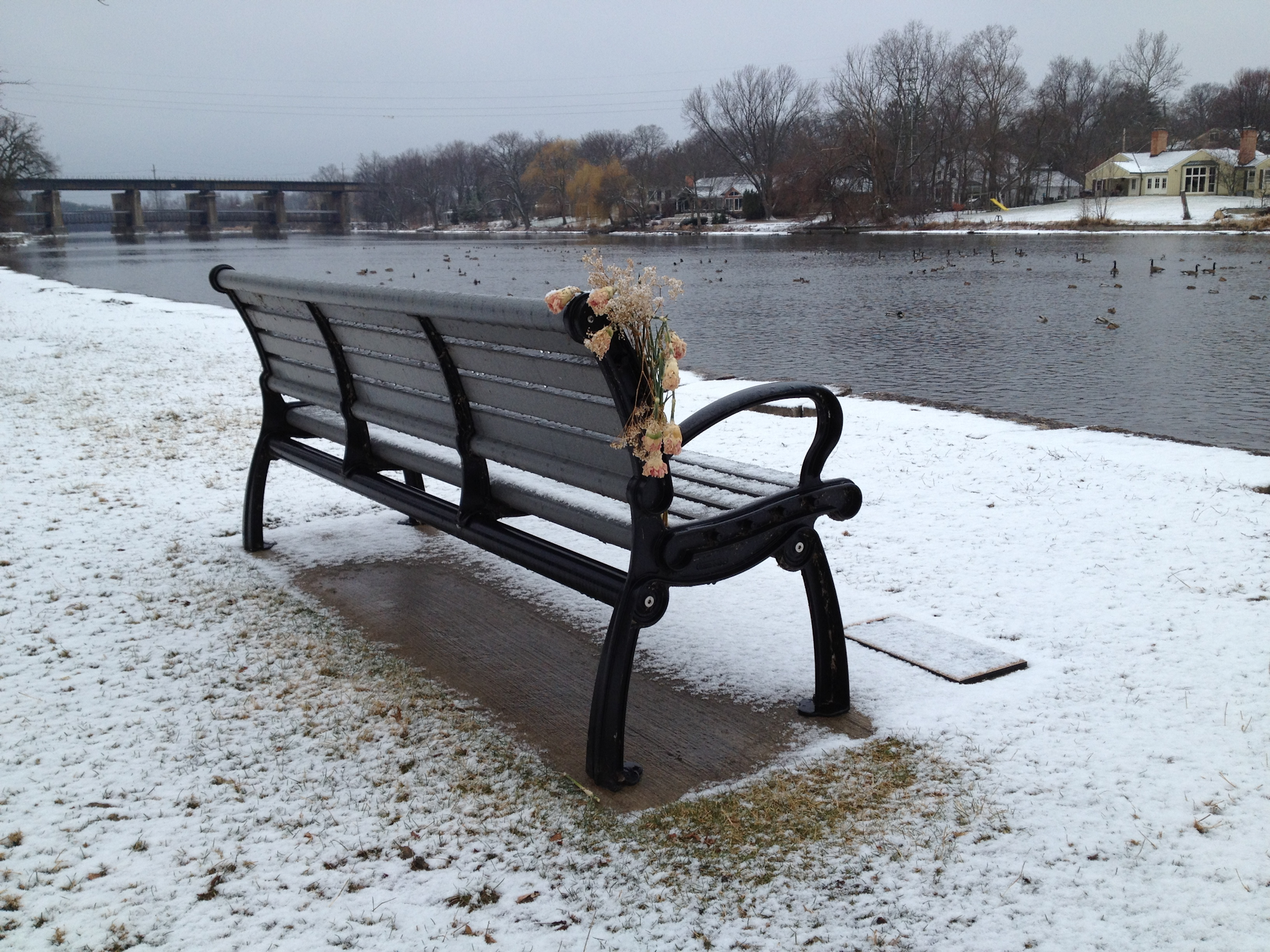As a homeowner, Orangeburg is most definitely not the word you ever want to hear. But for many, they will not only hear it, but they will also face the consequences of having had this pipe material used for their home's sanitary sewer. So to prevent experiencing any unforseen problems caused by this material, it's best to learn what Orangeburg is and understand what can happen and what should be done if you find out this is the material carrying sewage from your home.
What is Orangeburg Pipe?
The following definition of Orangeburg comes from a publication prepared by the City of Ann Arbor, Mich.:
"Technically, the term 'Orangeburg' is the brand name of a sewer pipe made by the Orangeburg Manufacturing Co., Inc. of Orangeburg, New York. The generic name for this type of pipe is 'bituminous fiber pipe.' The pipe is made of a combination of cellulose and asbestos fibers impregnated with a bituminous (coal tar) compound. Bituminous fiber pipe was manufactured with either a homogenous wall or a multiple-ply laminated wall. The ends of the pipe were tapered and fitted together using a butt joint."
Thus the description of a "coal tar impregnated toilet paper tube" offered on the Sewer History site. The site also indicates the manufacture of this pipe started in the late 1800s. But the pipe did not really become widely popular until the 1950s and 1960s.
How do I know if my sewer is made of Orangeburg pipe?
Obviously the age of the home will be your first clue. If your home was built in the 1980s or later, there is a good chance you do not have a sewer made of Orangeburg pipe. If your home is older than this, you can start your research by asking staff at your city hall if they know or suspect what your sewer is made of. Many times, city staff become aware through experience of where this type of pipe was installed in their community. Ann Arbor keeps a list of homes where they have discovered its use. If your local government does not know, you can hire a company to use a sewer camera to view the inside of the pipe and try to determine the material. If these methods do not yield any clues, the only way you can really tell is to dig up your yard. But because most people would not do this unless their pipe has failed, usually the material type is discovered after a pipe has become blocked or collapsed and needs to be dug up and repaired.
What is the problem with Orangeburg sewer pipe?
The problem with Orangeburg pipe is that it has a greater failure rate than more traditional materials such as cast iron, clay, or plastic. Because the material is paper-based with a bituminous coating, it is more susceptible to deterioration from chemicals. It is also more likely to fail from the shifting of soil around it. The Orangeburg pipes I have dug up or encountered during construction have looked like wet, slimy, black, squishy old paper. Once they degrade to this point, they can collapse or fail to convey sewage which leads to a backup.
What do I do if I have Orangeburg pipe?
If you discover your sewer is made of Orangeburg pipe, you can first assess its condition through the use of a sewer camera. If it has maintained an open, circular shape, you could choose to leave it in place and regularly monitor its condition. Or if you wanted to completely eliminate any future problems, you could arrange to replace it with newer materials such as plastic.
If the pipe has either failed or is found to be in a poor condition, replacement can be considered. One method of replacement includes digging up the old pipe and installing a new one in its place from your home to the city's sewer. There are also newer technologies involving possible no-dig or minimal dig options. It is best to have a professional assess the situation and offer a recommendation and proposed cost before you decide the best method for you.
Bonus Segment
Here's a YouTube video someone made about their experience with Orangeburg pipe:
Disclaimer: all information offered here is for general knowledge and should not be considered a professional opinion or recommendation. Before making any decisions regarding the investigation and/or repair of a sewer, a professional should be consulted.


